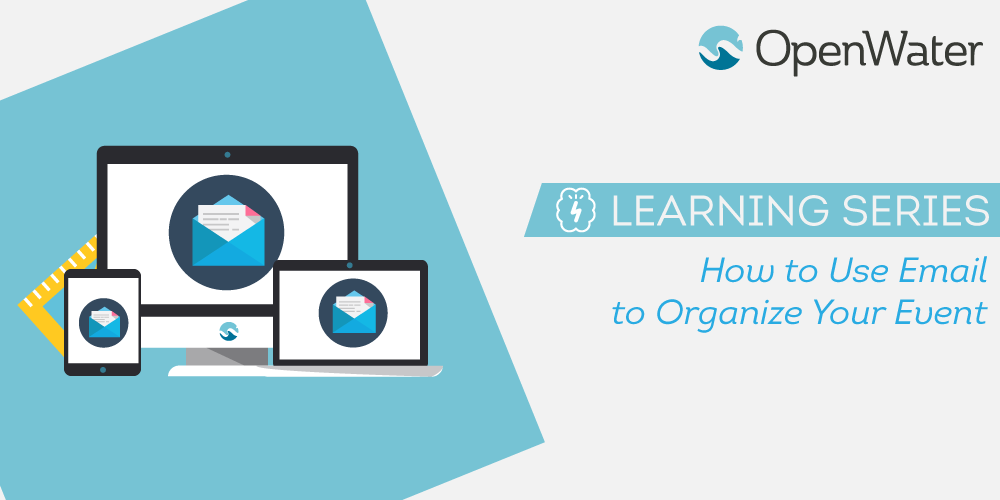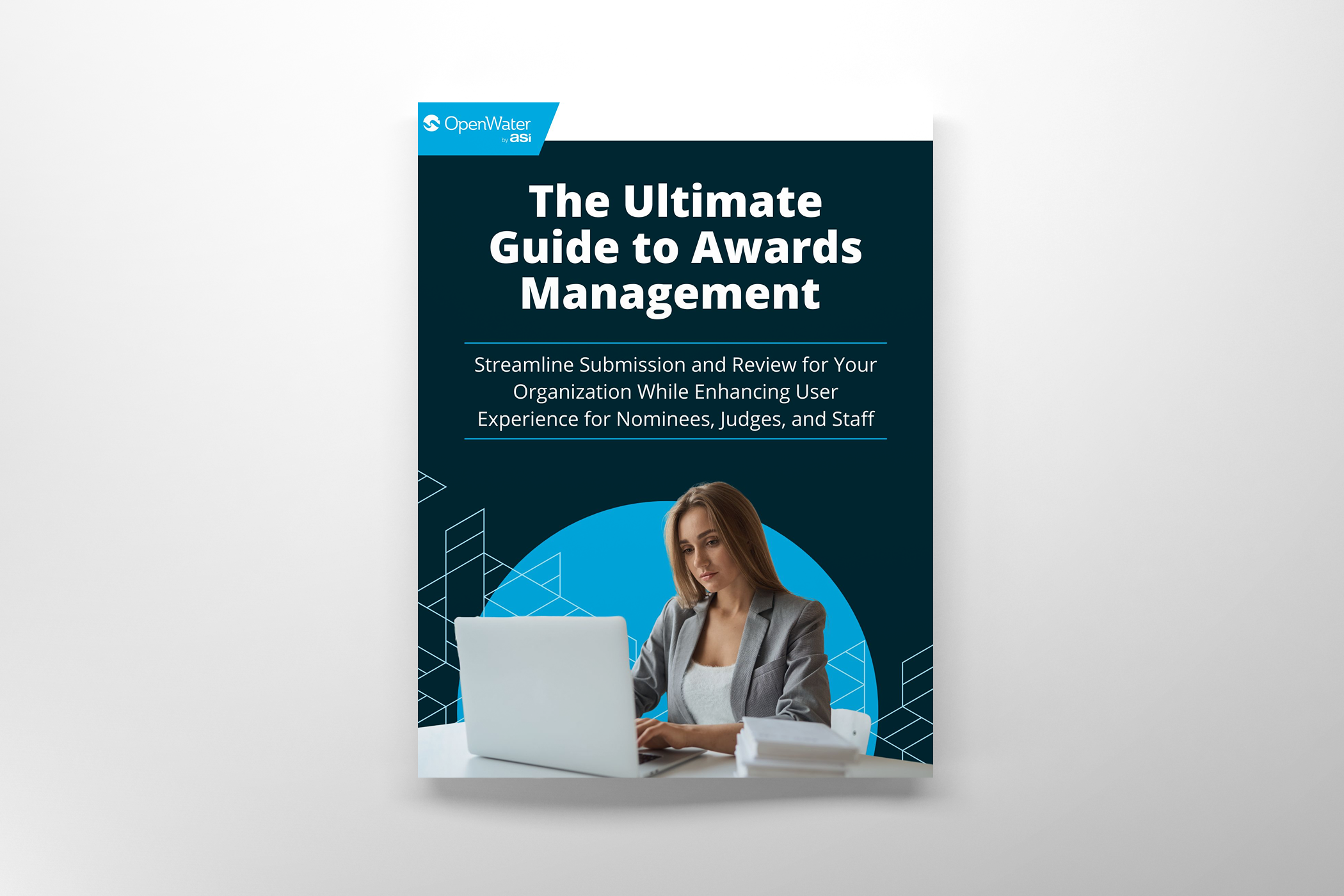
How to Use Email to Organize Your Event
Email is often overlooked as a marketing tool. That’s because most conference managers rightfully assume that potential entrants and attendees are already overwhelmed by the amount of email they receive and won’t open additional messages from their organizations. However, if you’ve assumed the same, it’s time to change your perspective.
Email is the least expensive and one of the most effective ways to communicate with audience members and organize your conference. At least, this is the case when you approach email correctly. In this article, we’ll discuss what it means to use email incorrectly and what types of emails you can send when you’re organizing your event.
The Wrong Way to Use Email
You’re likely using email as part of your event marketing already. But, what are your open rates? What about your click through rates? If either one of these metrics or both are lacking, it’s likely you’re using email the wrong way.
This means you don’t take time to develop a strategy for different audience segments and instead, fire off emails when you have an announcement to make or an update. While there’s nothing necessarily wrong with doing so, you run the risk of individuals not seeing the email and overlooking the information rather than absorbing it and looking forward to your messages.
So, what should you change?
How to Use Email for Event Organization
Your abstracts conference has several key details: entry deadlines and conference information, amongst others. With email, it’s much simpler to alert entrants of these key details and to keep your conference organized.
Here are some general tips to ensure your emails get recognized, opened, and read by recipients:
- Segment Your Audience – Is the information you’re referencing different for one audience segment and the same for others? Segmenting audience members will help keep subject lines and content relevant and give recipients greater incentive to open and read the email.
- Subject Lines – Never underestimate the importance of the subject line! In many cases, subject lines are the reason emails either get read or don’t get read. As such, make it relevant to the update or information you’re sharing and create a sense of urgency.
- Include Calls-to-Action – If you want users to take further action and go to your website or another web page, include a call-to-action and link in your email. After all, some users won’t know what you expect or want and by making it clear, you’ll leave nothing to chance.
You should use email at any time you feel necessary. However, there are some points in your conference planning process where email is a great choice, including:
- Date Reminders – If an important date is coming up, send an email to remind users of deadlines or other key details. Users will appreciate these emails and are likely to read them.
- Program Updates – As your planning continues, details sent in the call for papers or other key communications are subject to change. If something does change, it’s best to send updates via email so you can alert all entrants, judges, and other parties at once of what’s new.
- Share Progress – You want entrants to get excited as your abstracts conference draws near! Create a calendar and share progress to stay organized while generating a buzz for your event.
Have You Been Using Email Properly?
As a conference manager, email is one of the best tools at your disposal. It makes it simple for you to organize your conference and do so with efficiency in a cost-effective way.
With the tips and strategies above in mind, email is sure to become one of the best tools for your next conference.
